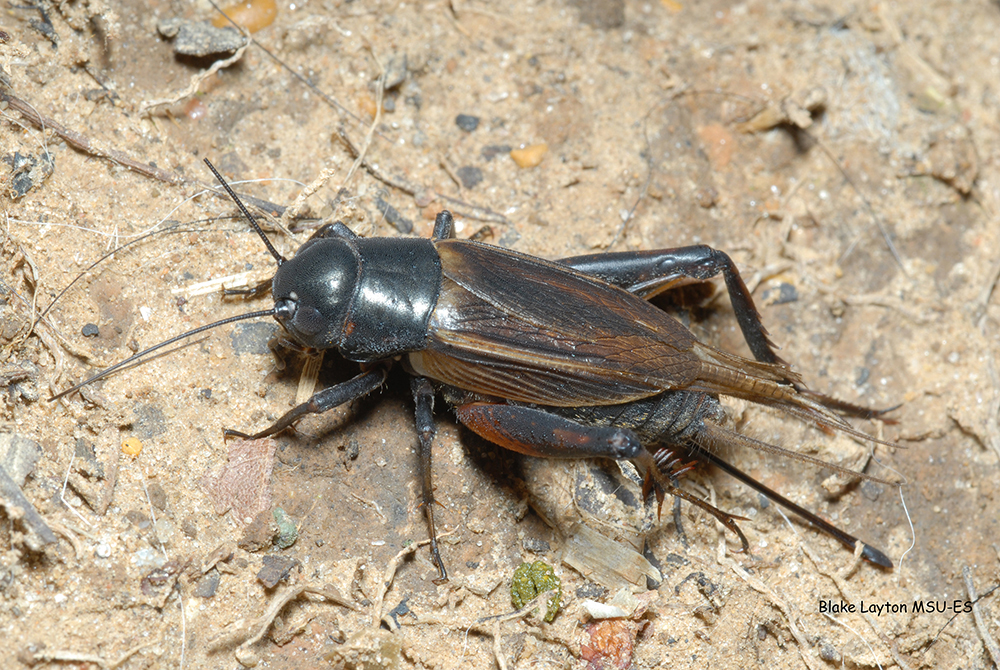Black Field Cricket | Vol. 3, No. 26
Related News
April 19, 2016
April 14, 2016
March 16, 2016
October 1, 2015
July 10, 2015

